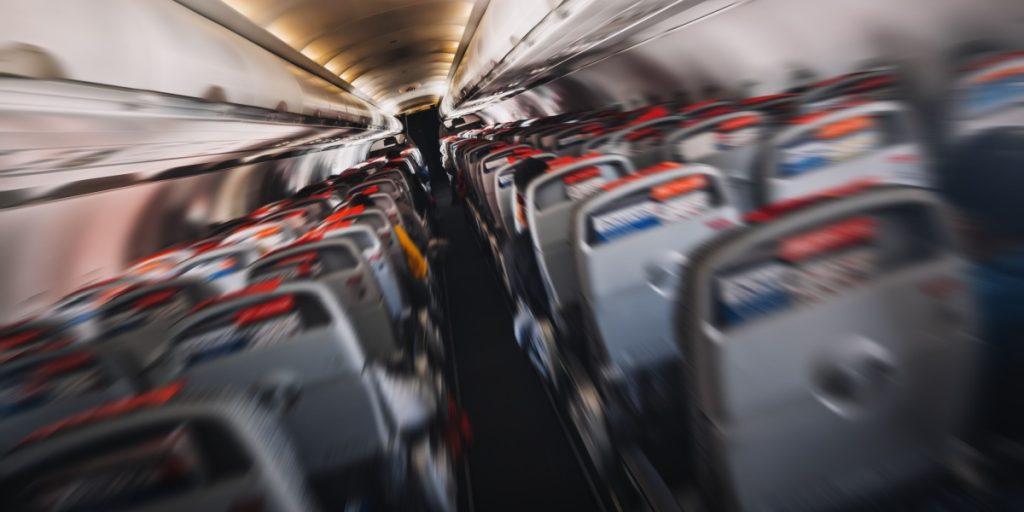Severe turbulence is becoming more frequent and dangerous, warn experts.
Others are reading now
Brace yourself, especially if flying makes you anxious.
Recent incidents of severe turbulence have raised alarms among aviation experts and researchers alike.
Just days ago, a passenger lost their life and fifty others were injured due to intense turbulence on a Boeing 777 flight from London to Singapore. This was quickly followed by another bout of severe turbulence on a Qatar Airways flight from Doha to Dublin, resulting in injuries to twelve people.
Increasing Incidents of Turbulence
While turbulence rarely results in injuries, the frequency of such events is expected to rise.
Also read
Geoffrey Thomas, editor at Airlinesrating, highlighted a troubling trend over the past four decades in an interview with Reuters.
“Research from the UK shows a 55% increase in severe turbulence, a 37% rise in moderate turbulence, and a 17% uptick in mild turbulence over the last 40 years,” Thomas reported.
Invisible Threats in the Sky
So, what’s causing this uptick in turbulence? According to Mark Prosser, a researcher at the University of Reading, global warming is a key factor.
“Global warming may have destabilized the jet stream over the Northern Hemisphere,” Prosser explained to NBC News.
Jet streams are fast-flowing air currents driven by temperature differences between cooler northern regions and warmer southern areas. Climate change is likely disrupting these streams, which could have significant implications for aviation.
“Aircraft prefer to travel with jet streams, but ironically, that’s where most turbulence occurs,” Prosser noted. As the planet warms, this instability is expected to worsen.
One type of turbulence, in particular, is causing concern: clear-air turbulence. Unlike other forms, clear-air turbulence is invisible and nearly impossible to detect with current technology, meaning it can strike without warning.
This unpredictability poses serious risks to passengers and crew.
In light of these findings, Prosser and Thomas stress the importance of wearing seatbelts at all times during flights, as it can significantly reduce the risk of injury during unexpected turbulence.








